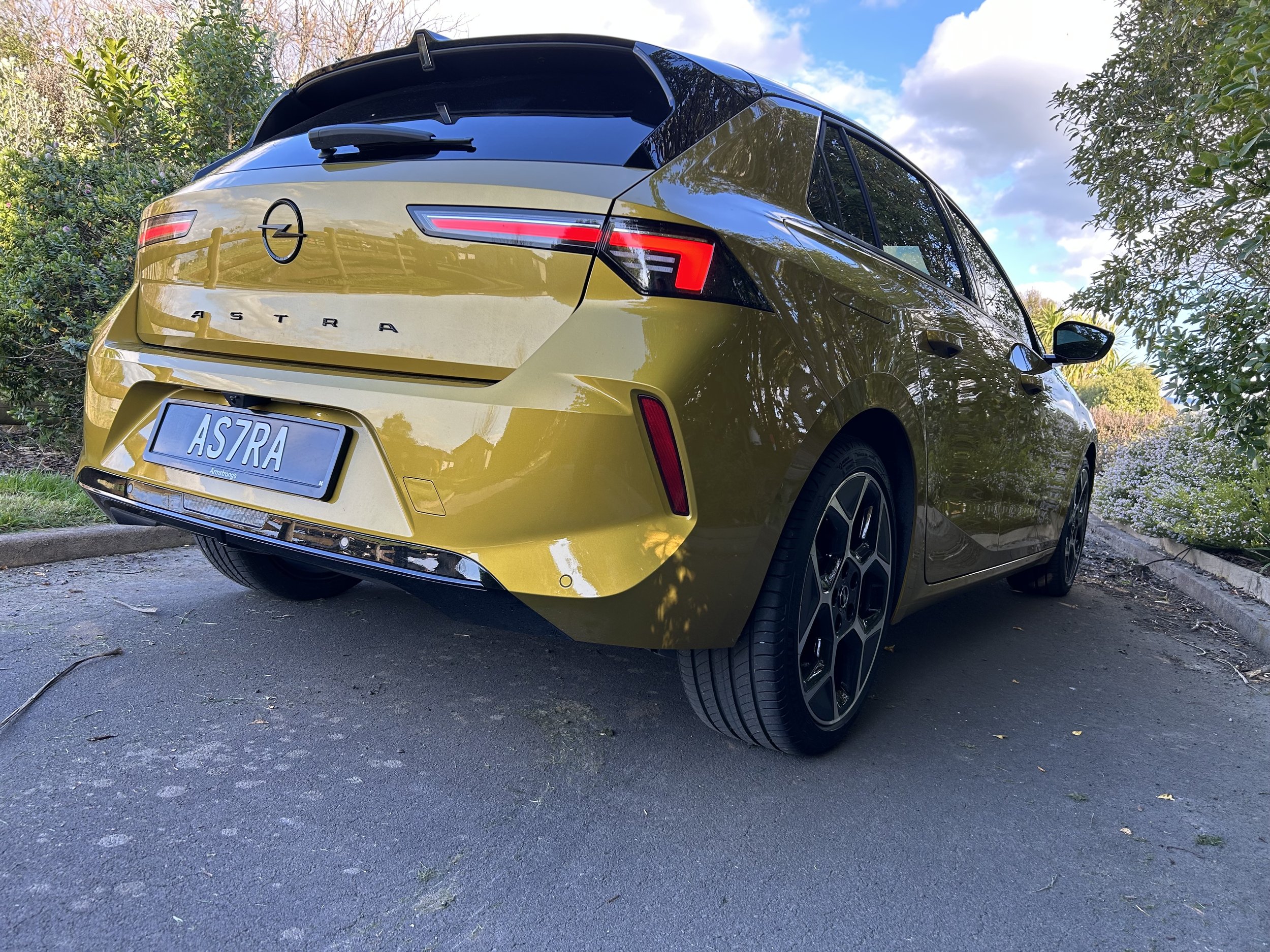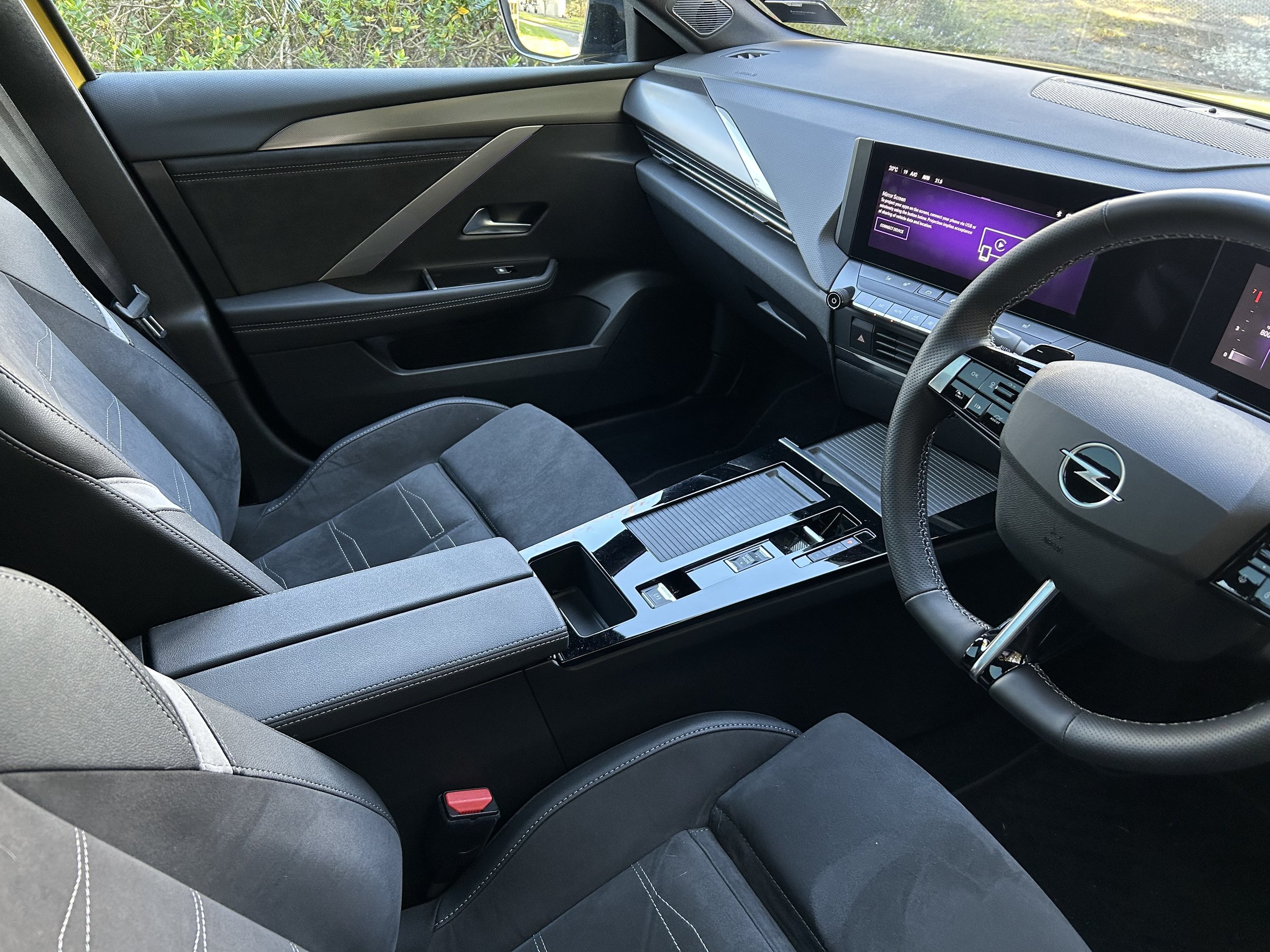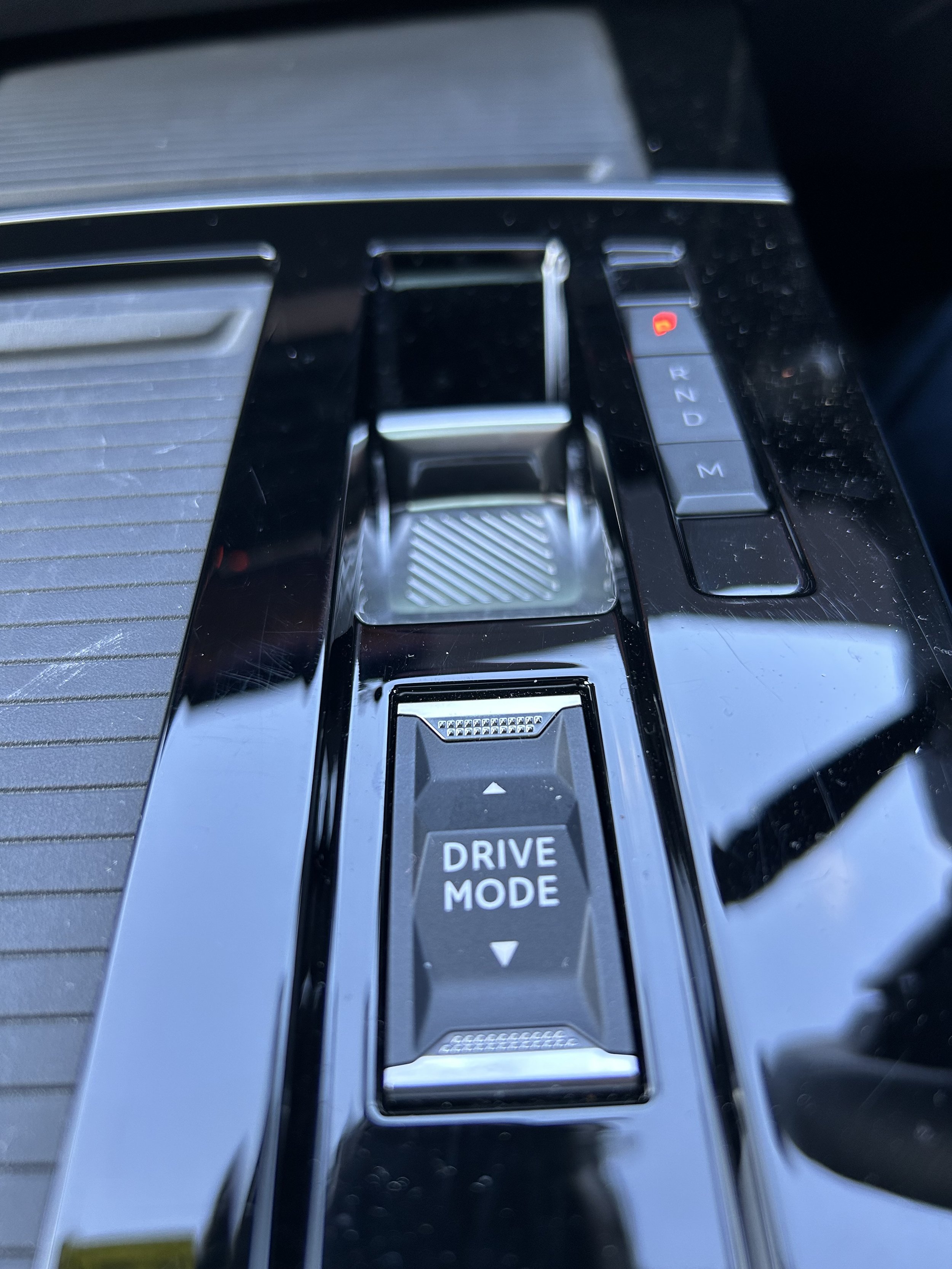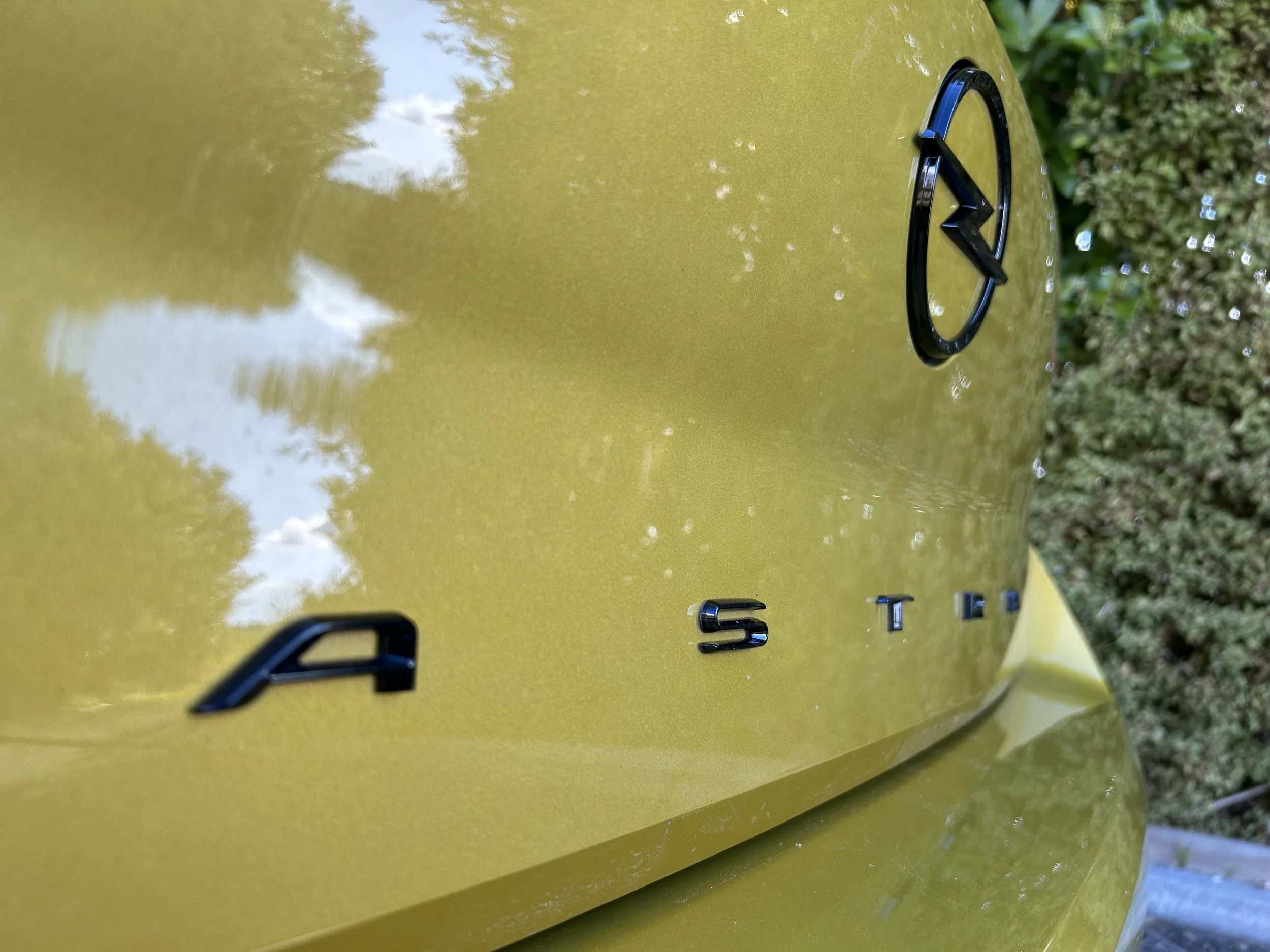Opel Astra SRi road test review: Lightning strikes
/This new entry provides a timely reminder about how interesting, involving and useful a traditional hatchback can be.
Price: $49,990.
Powertrain and economy: 1199cc three-cylinder turbo petrol, 96kW/230Nm; eight-speed automatic; front-wheel drive.
Vital statistics: 4374mm long, 1441mm high, 1860mm wide, 2675mm wheelbase. Luggage space 422-1339 litres. 18-inch wheels.
We like: Sharp looks, decent equipment, drives well, good value.
Not so much: A bit tight in the back.
CONFLICT-triggering fractiousness has given way to a more friendly level of cultural competitiveness between Germany and France, but doubtless it still exists.
When in March of 2017 Germany’s Opel, the pride of General Motors’ European operation since 1929 but in parlous financial state, was acquired by PSA, Citroen Peugeot, perhaps there might have been a moment of deep reflection occurring at the Russelsheim headquarters.
New payroll, new direction, new ways, new cars. All products bar one - the Grandland crossover that has just arrived here - have transferred from GM platforms and powertrains to those from the French. How to deal with that?
That Opel is back in profit, is selling more cars and has begun to return to old stomping grounds; New Zealand reinstating as the farthest flung, lends indication of how it is tackling what might have been an emotionally humbling experience.
You can sense this from the Opel Astra on test. Being built on the Stellantis EMP2 underpinning relates it directly to the Peugeot 308; powertrain, platform assistance and safety technology are all shared.
Sense, but not ‘see'. Opel has made the most of having been given largesse to add their own touch. Everything is different. Not just to the metalwork. Save for a (very) few shared switches, the Astra’s cabin is also totally bespoke. Designed, engineered and built in Germany makes it … well, you can decide if Opel, today, is as ‘German’ as BMW, Mercedes, Audi or Volkswagen are. I’d suggest it is no less now than it was under GM.
Hatchback sales have fallen with advent of the crossover. Astra’s the right kind of car to trigger a u-turn, though it might also threaten the donor product as well. France does flair really well, 308 is a characterful choice. But with Astra Opel has delivered a car that’s also chic, yet more contemporary and desirable. Though it’s better suited to four adults than five, Astra’s packaging is smarter. Opel’s creative yet sensible approach means there’s a more coherent focus on no-nonsense functionality I find agreeable.
The German way starts with the driving position. The Peugeot proposition of a whacky small-and-low steering wheel matched with the high-set instrument pack that you’ll either love or not buy is patently not a risk Opel wished to take. With Astra you achieve a wholly orthodox approach.
Less adventurous? Some might say. But it’s more advantageous; you can see all the instruments without slouching and provision of a good seat - less sporty in shape than the French way (though still trimmed in racetrack whiffed Alcantara and leatherette) but obviously okay as it’s approved by a German organisation for better back health - and a proper-sized and better-sited steering wheel, also with full adjustability, allows for a driving position as comfy for someone short in stature (Mrs B) as anyone tall (me).
That doesn’t mean there isn’t venturesome design. The transmission selector being a little pokey tongue atop within a small plinth jutting from the dash is clearly a departure from normality and it’s also future-now with a pair of 10-inch screens. This so-called ‘Pure Panel’ dashboard design looks impressive. And there’s a head-up display, as well.
Yet in respect to all that, Opel presentation is clean and functionality logical. The menu system for the infotainment screen is reasonably easy to find your way around, with relatively little swiping required.
Physical buttons for frequently used features including temperature settings. Why make it hard when it can be easy? The native infotainment system demanding use of the wireless Android Auto and Apple CarPlay connectivity to run stat nav is okay with me, too.
You might be sold simply on the exterior looks. Fair enough. It’s a sharp looking car. The black-panel 'Vizor' front that affixes to all Opel products sits especially well here on a car of this dimension and stance. Likewise the familial chiselled design symmetries that carry from the body shape into the interior.
As tested in the SRI-spec in the hero ‘Amber yellow’ golden metallic with contrast black roof and 17-inch ‘Kadett’ alloy wheels and you get a car that zings in appearance but also sets impression of it carrying greater expensiveness than it really the case.
At time of testing, this version of Astra was subject to special launch pricing that took $4000 off the recommended retail. So, a $45k ask. My wife was already surprised by the regular price; she’d expected it to be more expensive, still.
What’s the secret? Even though it’s very well trimmed, it is also selectively so. For instance, while the driver’s seat has full electric adjustability the passenger’s doesn’t. On the other hand, it’s hardly sparse. Heated front seats and a heated steering wheel are rare provisions in this class, let alone at this price.
And it is more complete with safety and driving assists than some, with road sign recognition and pedestrian and cyclist collision avoidance. The adaptive cruise has the extended stop and go function, which I like. The lane positioning means well in making mild steering inputs for you, but it can become annoying.
Small being big under the bonnet might seem a way to throttle back on spend. It is, but only on fuel cost.
EMP2 way is to run with an engine isn’t the biggest for cylinder count or capacity. That three-pot 1.2-litre turbopetrol is well used in this market - there isn’t an Opel that doesn’t have it, and Peugeot and Citroen also love it as well.
Too small? Actually, not so bad. It’s always the size of the fight in the dog and while it’s not going to outwit any stopwatch, performance-wise it’s only a touch ess perky than it seems in the smaller and lighter installations, Mokka and Corsa. You need to deep deep for outright muscularity, yet it often feels more stout hearted than you might expect, with a decent slab of torque available low down that seems to carry a long way through the rev range.
It’s a shame Kiwis have forgotten about manual transmissions these days. There’s sense this thing could well be at its most effervescent and eager with one of those. Still, the Aisin eight-speed automatic is generally a good accomplice. With so many gears, it get a bit busy on steep hills or if you really have to gun it but the rest of the time it’s refined. While not quick, it’s not slow either.
It's also economical; coming within 0.5 litres per 100km of the official consumption figure without any effort to drive frugally. Though no longer a fresh engine, it’s one that meets modern Green good expectation, with with Euro 6d compliance. A particulate filter to help clean up the exhaust soot is instrumental in delivering a commendable 117 grams per kilometre CO2 count. Prior to July 1, that would have earned a $2593 rebate. Now it falls into the neutral zone.
Electric is influencing Astra. A GSe plug-in hybrid alternate now here will be joined in 2024 by a full electric. Going battery is in vogue, but the saving in fuel spend over the premium asked is, as always, no easy arithmetic. Just the $21k the PHEV asks would buy years’ worth of petrol for the car as I drove it, which promises to be cheap to run even with the average of 6.5 litres per 100km established on test, let alone the economy of just 5.1 litres per 100km officially quoted.
It’s evident from early on how planted and solid this car feels on the road. If it was behind a French badge, the ride quality would have been a touch softer, no doubt. As is, at urban pace you can expect to feel the lumps and bumps - not point where the impacts are downright harsh, but certainly there’s not a lot of yielding, either.
As the speeds rise, the ride improves and you start to appreciate the precision in its chassis and the steering. It’s no GT, but is good. The front end is pretty sharp for what is a mainstream hatchback in its home market and it’s been given decent Michelin Primacy rubber. It’s a touch noisy on coarse chip but, then, most cars are and it’s no worse than anything else of its size.
The compact hatch category isn’t what it once was, but those that still survive to serve are by and large all quality choices. Astra sits well in that evaluation. The cabin is not without some utilitarian plastics, but those elements are all artfully hidden. What you primarily see, and touch, looks smart and high-grade.
The cabin also works well. It’s meted thoughtful storage space; maybe the door bins are a it narrow, but that's compensated for by the large storage space under a sliding cover in front of the gear shifter. There's another storage area, small but flock-lined so that things won't rattle, which pops out from under the central air vent. Clever cup holders score a point, too.
Seating space in the back is only adequate. There's a low transmission hump, which means that space for feet is fine, but only a child will want - or be required - to sit in the middle.
Visibility is OK, but the windscreen pillars are a touch thick, as is the rear pillar. The all-round camera system does help with that when parking, though. The screen clarity is awesome, including at night.
The boot is roomy and the adjustable floor means that you can achieve a flat load-through surface when the 60:40 split rear seats are folded down (although those seats don't quite fold 100 percent flat).
In this category, the popular choices seem to be cars with pretensions to being off-roaders. That’s not the Astra. But as a flag bearer for something we all used to have a lot of time for, the orthodox hatchback, it’s a very satisfying car. Well-made, sharper to drive than you'd expect and classy for the price. It’s understandable why it’s been positioned to compete with the Volkswagen Golf R Line and Cupra Leon: Same sort of ‘special something’ vibe.

























